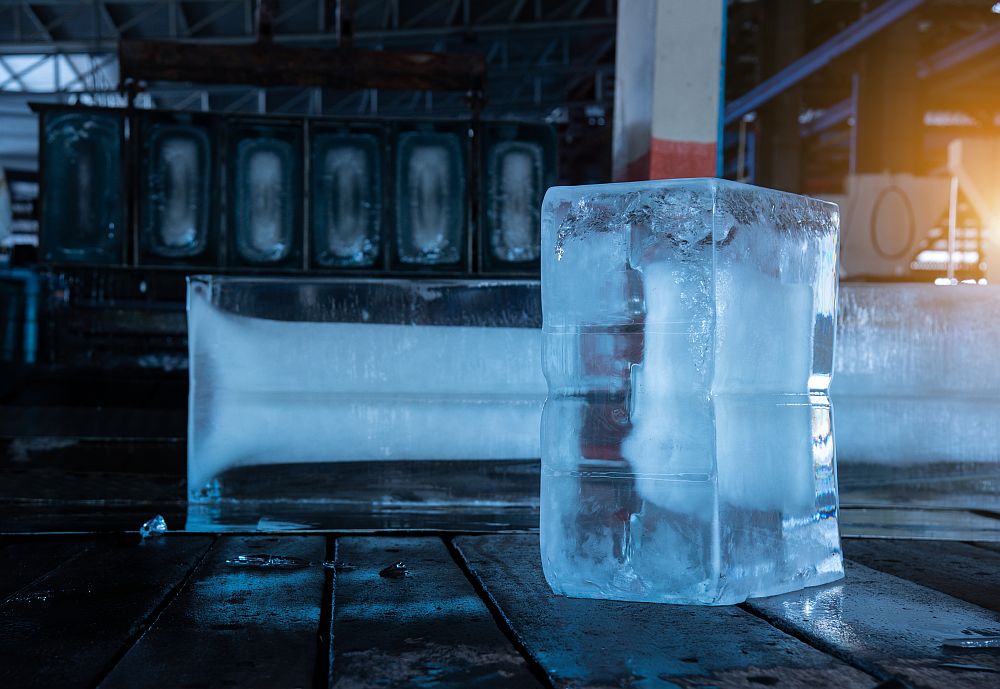
Supercomputers were used to simulate exhaust temperature fluctuations in a scramjet engine operating at hypersonic velocities. Credit: Stanford University; YouTube.
There is a lot of work exciting work being done on developing materials for hypersonic vehicles, such as the DARPA Falcon HTV-2. The cover story of the January-February issue of the Bulletin described work on UHTC composites being done in the UK at Imperial College and Loughborough University. We’ve also kept track of other UHTC materials development work here.
As we report on these high-temperature, high-performance materials, though, we tend to gloss over the details of the aerodynamics that are the source of the extreme environment. We know it’s a severe environment, but a new computer simulation video out of Stanford University shows just how violent the fluid mechanics are that are generated at hypersonic velocities.
This computer-generated simulation by Stanford’s professor Parviz Moin shows the flow of air and fuel through the hypersonic vehicle propulsion systems known as scramjet engines. He explains in the video that this simulation is the result of massive calculations run simultaneously on 163,000 processors. Moin is the director of the Stanford Predictive Science Academic Alliance Program, which enjoys a collaboration that gains them access to supercomputer resources at national labs at Lawrence Livermore, Los Alamos and Sandia.
A story on Stanford’s website goes into some detail about the computer science side of the problems associated with massive calculations for these types of simulations, such as the need for a new computer language that can run complex simulations: “That need will only increase over the next decade as supercomputers move toward the exascale—computers with a million or more processors able to execute a quintillion calculations in a single second.” The issue of model validation, by experiment and error propagation, are discussed briefly, too.
This simulation does not show what is happening on the leading edges of the hypersonic vehicle, where the UHTCs are, but it is a compelling demonstration of the harshness of the hypersonic environment.
Author
Eileen De Guire
CTT Categories
- Aeronautics & Space
- Modeling & Simulation
- Thermal management
- Transportation


